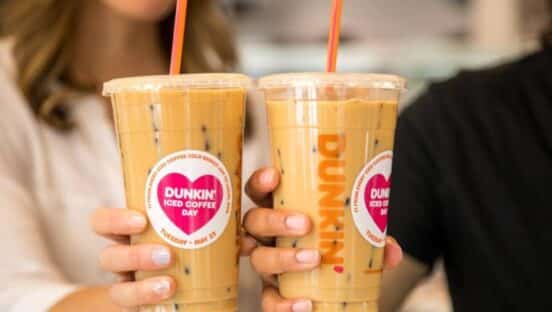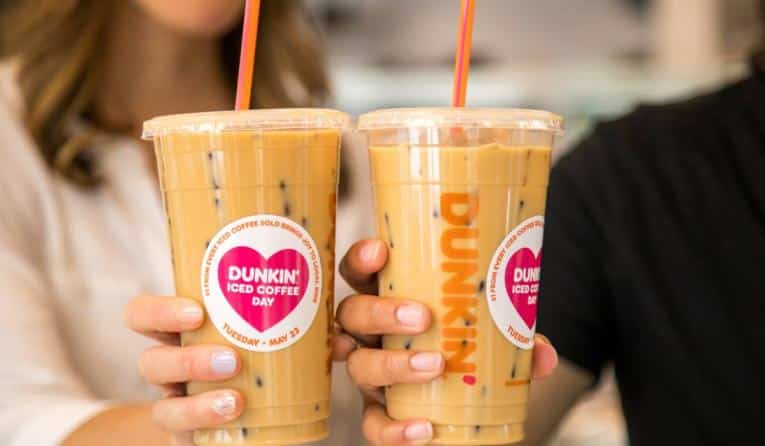The objective of Revenue Management is to maximize revenue and profit by offering the right product to the right customer at the right time, for the right price, through the right channel. In order to implement RM at your restaurant, it’s helpful to have your 3-shelf RM toolbox at your disposal.
In my last article, I talked about the all-purpose shelf. In this article, let’s talk about what the “cold” shelf. Every restaurant encounters periods of low demand. The challenge is to boost demand and revenue during these intervals without making excessive concessions or jeopardizing the brand’s prestige. This is where “cold” strategies come into play.
To get us started, let me tell you about one of the most interesting questions I’ve ever heard. About 10 years ago, Eli Chait, the CEO of WholeSail, asked me how to design the optimal happy hour. Think about it—what should be included in happy hour, what sorts of discounts should be offered, when should it be offered and how can you be sure that customers willing to pay full-price don’t end up paying less? Those questions are exactly what need to be considered when developing your “cold” strategies.
The “happy hour” concept has been a long-standing tradition in restaurants to combat slow periods. These are typically time-bound offerings with special prices or deals like “buy one, get one free.” The primary goal is to draw in additional patrons without overshadowing the regulars.
Promotions fundamentally aim to invigorate demand during slow intervals. It’s vital to structure these promotions so that regular patrons don’t switch to cheaper alternatives, a phenomenon known as dilution.
When shaping a “cold” strategy, the focus should be on:
- Timing
- Magnitude of Discount
- Nature of Offer
- Assessing Effectiveness
1. Selecting the Optimal Time: Promotion timing is crucial. Peak times, like Friday nights, are best avoided. Scrutinize your operational data to identify potential slow periods. Offers can be regular, like Taco Bell’s “Happier Hour,” or more impromptu. As Mark Kuperman, the COO of Revenue Management Solutions suggests, if there’s a downturn at a particular time, an immediate promotion via email, social media, or a delivery partner might be the solution.
2. Determining the Discount Amount: Identifying a discount that will attract customers without diminishing your profit margins is essential, especially when collaborating with delivery apps. A–B testing is a valuable tool here. By contrasting two different offers, you can determine which one has more appeal.
3. Type of Offer: Promotions can be categorized into:
- Loyalty-based: Zach Goldstein, the CEO of Thanx highlighted a strategy where a fast-casual sandwich and bowl concept offered bonus points for orders during off-peak hours. Another tactic involved sending push notifications with messages like, “Today, enjoy a free dessert with your meal as a token of our appreciation.”
- Price-based: Examples range from Taco Bell’s ‘Happier Hour’ to Jersey Mike’s happy hour. Priceff, for instance, offers reduced delivery fees during slow times. Some of the delivery provider even allows restaurants to waive delivery charges during such periods. Burger King introduced a ‘make your own meal’ promo priced at $5.
- Special events: Events like live music or themed dinners can draw customers. These events can sometimes be so successful that a typically slow period becomes a peak time.
- Geo-fencing: This technology targets customers in the vicinity of your restaurant. Starbucks, for instance, employs geo-fencing on select Thursdays from 2 to 7 pm, offering a “buy one, get one free” deal on any grande or larger drink. Similarly Dunkin’ sends app notifications when users enter their geofence.
4. Assessing the Effectiveness of Promotions: To determine the success of a promotion, restaurants must employ both quantitative and qualitative measures. On the quantitative side, sales data before, during, and after the promotion provides a clear picture of its impact. For instance, if a restaurant sees a 20 percent uptick in sales during a “Happier Hour” compared to regular hours, it’s a positive indicator. Additionally, tracking redemption rates of promotional codes or offers can gauge customer engagement. On the qualitative side, customer feedback, either directly or through online reviews, can offer insights into the promotion’s reception. For example, if patrons frequently mention enjoying a “buy one, get one free” deal in their reviews, it’s a testament to the promotion’s appeal. Regularly assessing these metrics ensures that promotional strategies remain effective and aligned with the restaurant’s goals.
Impact on Image? If you’d still like to attract patrons during slower periods without compromising your brand’s image, consider these refined strategies. Emphasize value-added promotions, such as complimentary appetizers or exclusive wine pairings, to elevate the dining experience. Special events, like chef-curated dinners or themed nights, exude exclusivity. Implement loyalty programs to reward and retain frequent diners. Time-specific deals, such as early bird specials, target niche audiences without impacting peak hours. Curate tasting menus to offer bundled value. The verbiage in marketing is crucial; phrases like “exclusive offer” or “limited-time menu” uphold an elite aura. Collaborating with local artisans or businesses can also help you offer distinctive, high-end experiences.
Possible Resources: Both DoorDash and UberEATS offer extensive resources to assist restaurants in crafting their promotions. They provide insights, data analytics, and promotional tools that can be tailored to a restaurant’s specific needs. By leveraging these platforms, restaurants can design more effective and targeted promotions, reaching a broader audience and maximizing the potential of their “cold” strategies.
Effective “cold” strategies are key for restaurants looking to boost patronage during off-peak times. While promotions can draw in customers, it’s important to maintain the brand’s essence. By focusing on value-added experiences and using data-driven insights, restaurants can create appealing offers. The goal is to attract customers while ensuring the brand’s consistency, leading to both immediate gains and sustained loyalty.
Stay tuned: in my next article, we’ll dive into the “Hot” shelf of our RM toolbox, exploring strategies to optimize those bustling peak hours.
Sherri Kimes is an Emeritus Professor at Hotel School at Cornell and specializes in pricing and revenue management. She has actively involved with teaching, conducting research and consulting in restaurant revenue management for the past 25 years. She is passionate about helping restaurants increase profitability. She can be reached at sk@sherrikimes.com.









